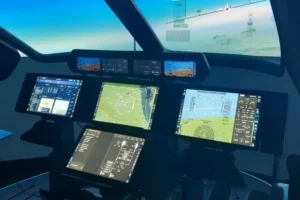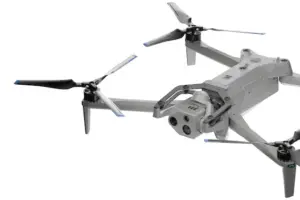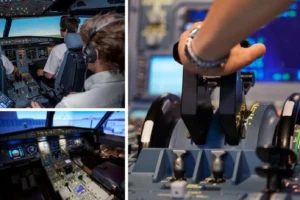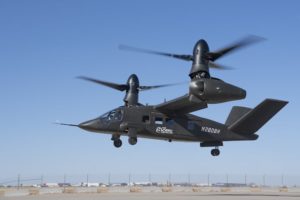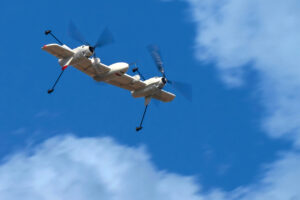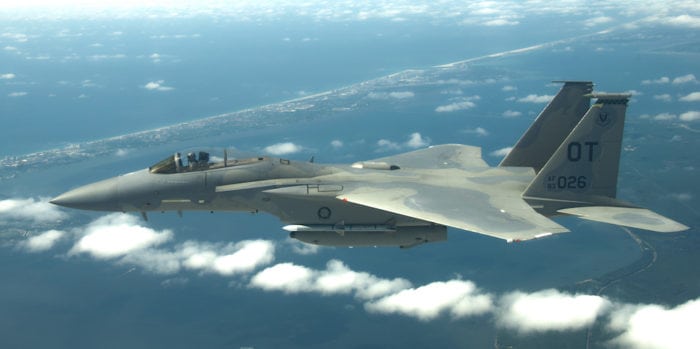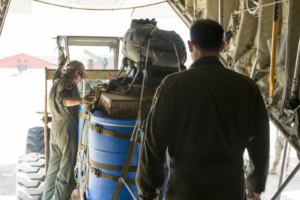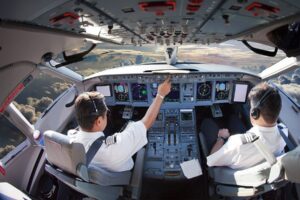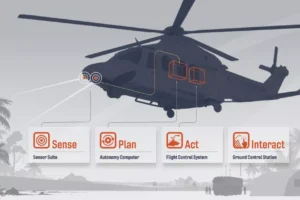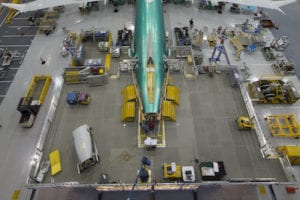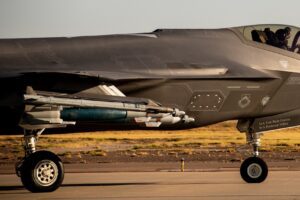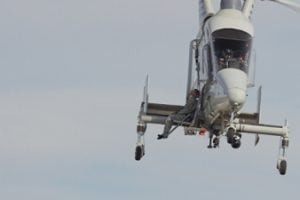Business & GA
FAA Seeks More Business Aviation Participation in ASIAS
By Woodrow Bellamy III | November 10, 2016
Send Feedback
[Avionics Magazine 11-10-2016] During a speech given at NBAA 2016, Peggy Gilligan, associate administrator for aviation safety for the FAA, gave the business aviation community an update on government-industry efforts to improve the fatal accident rate for general aviation flight operations. According to Gilligan, the numbers show safety is improving, but the agency is seeking more business aviation participation in its Aviation Safety Information Analysis and Sharing System (ASIAS) to improve safety even further.
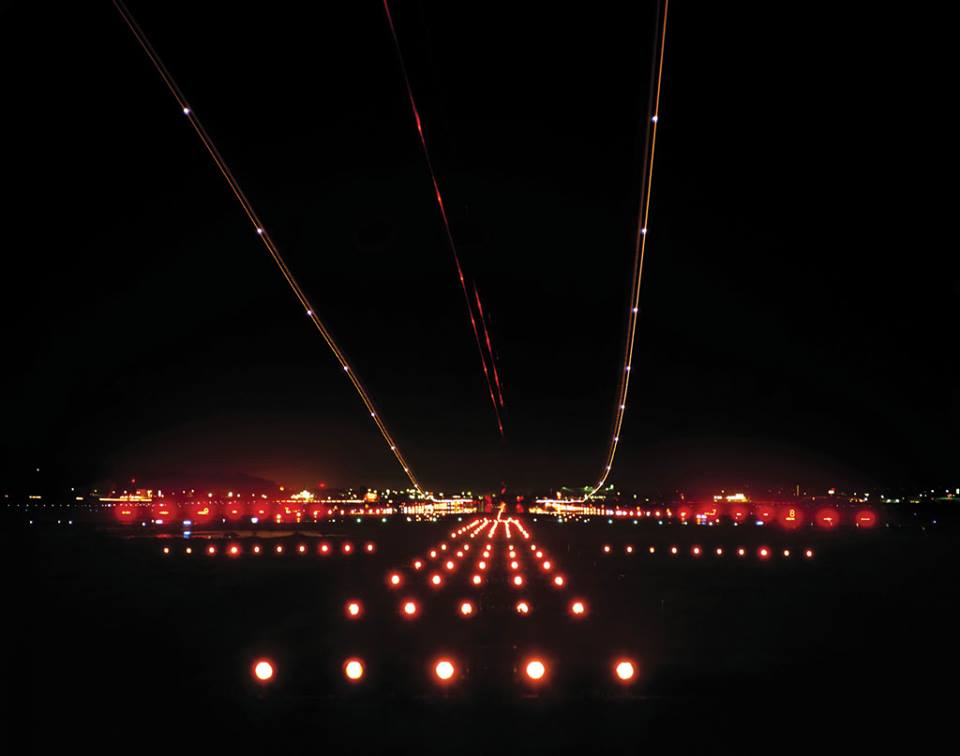
LED Airport lighting. Photo: FAA.
FAA’s Aviation Safety Information Analysis and Sharing (ASIAS) system effectively serves as a warehouse of safety data for airspace users to continually access in an effort to improve the safety of their flight operations. Operational data about aircraft accidents and incidents are submitted to the ASIAS system on a voluntary basis by operators. The agency uses ASIAS to identify aviation systematic risks.
Gilligan told NBAA attendees that the business aviation community’s participation in ASIAS reporting has grown from the first two business operators to bring their data into the program in 2013, to now more than 33 corporate and business operators actively using ASIAS and the number is growing. The agency believes the more operators submitting data, the safer the entire system and its operators will become.
“Since the reboot of the GA steering committee in 2011 and bringing business and GA operational data into ASIAS, we have seen much success. The FAA and the GA community set a goal of a 10 percent reduction in the fatal GA accident rate by 2018. The result would be one fatal accident per 100,000 hours of operation. Through the hard work of NBAA and others on the joint steering committee, among other initiatives, we saw the GA fatal accident rate drop to less than one–.99 per 100,000 hours in 2015. What’s more, the 2016 rate might be even lower,” said Gilligan.
Fleets that participate in ASIAS from the business aviation community range from single aircraft to fleets with several hundred. Over 50 different airframe models from all of the major general aviation Original Equipment Manufacturers (OEMs) are represented in the data. There are also five major universities participating with their flight data, bringing several hundred thousand hours of training data into ASIAS, as well as 170 individual owner/operators who participate and contribute data across a wide range of aircraft and operation types.
“This is an industry that looks to do the right thing, and that’s especially true of NBAA members. With that said, I must underscore the importance of one main point: The future of safety lies in data—voluntarily supplied data,” said Gilligan.


